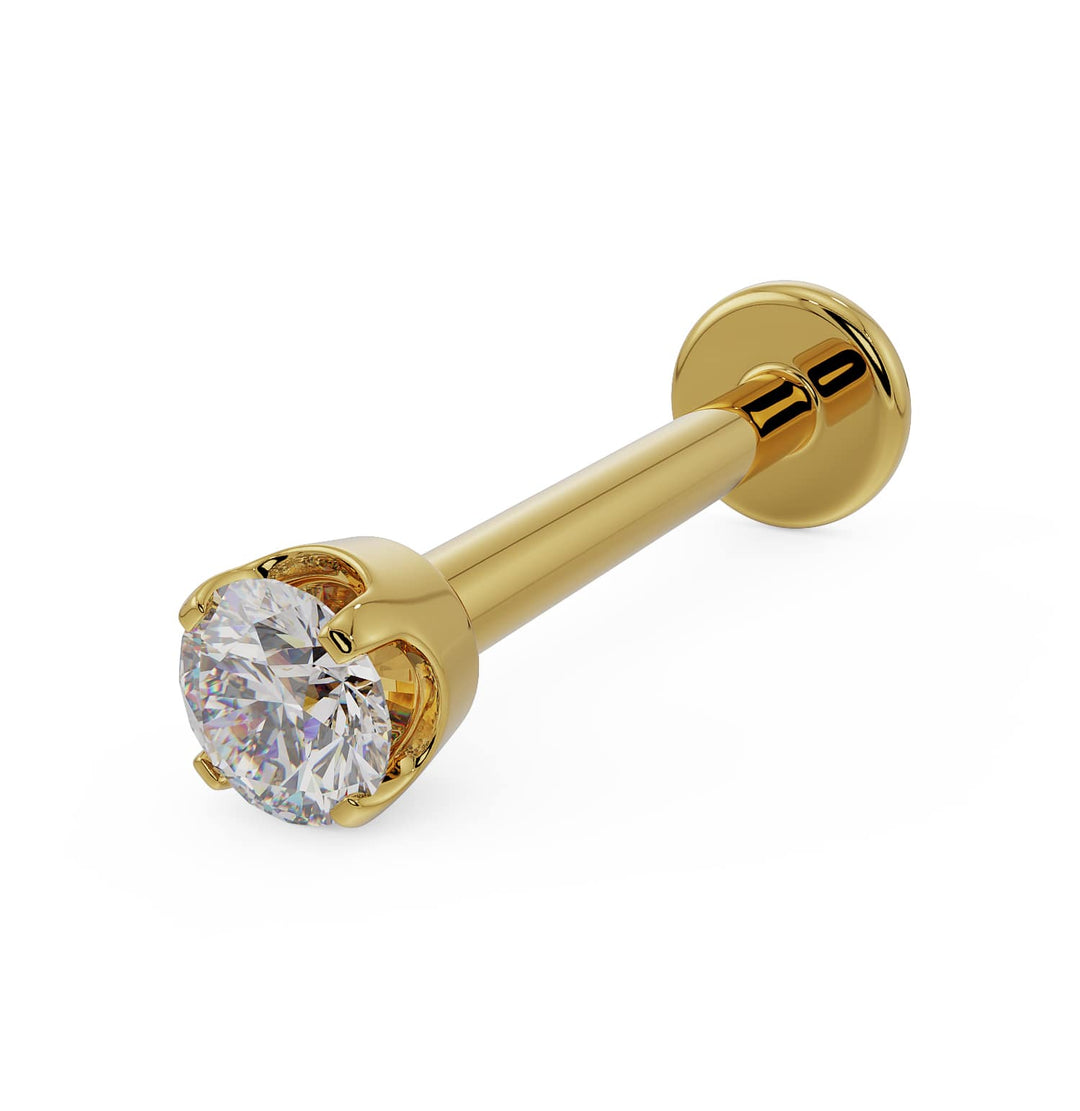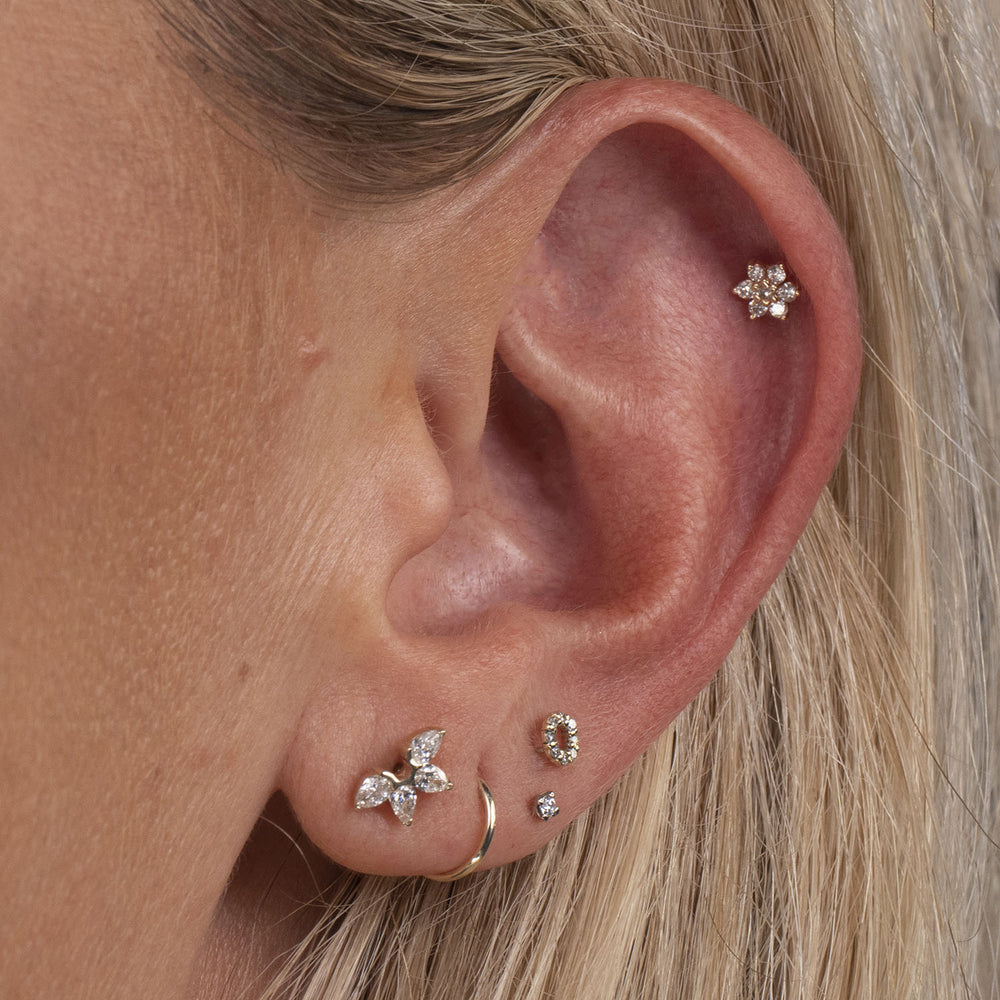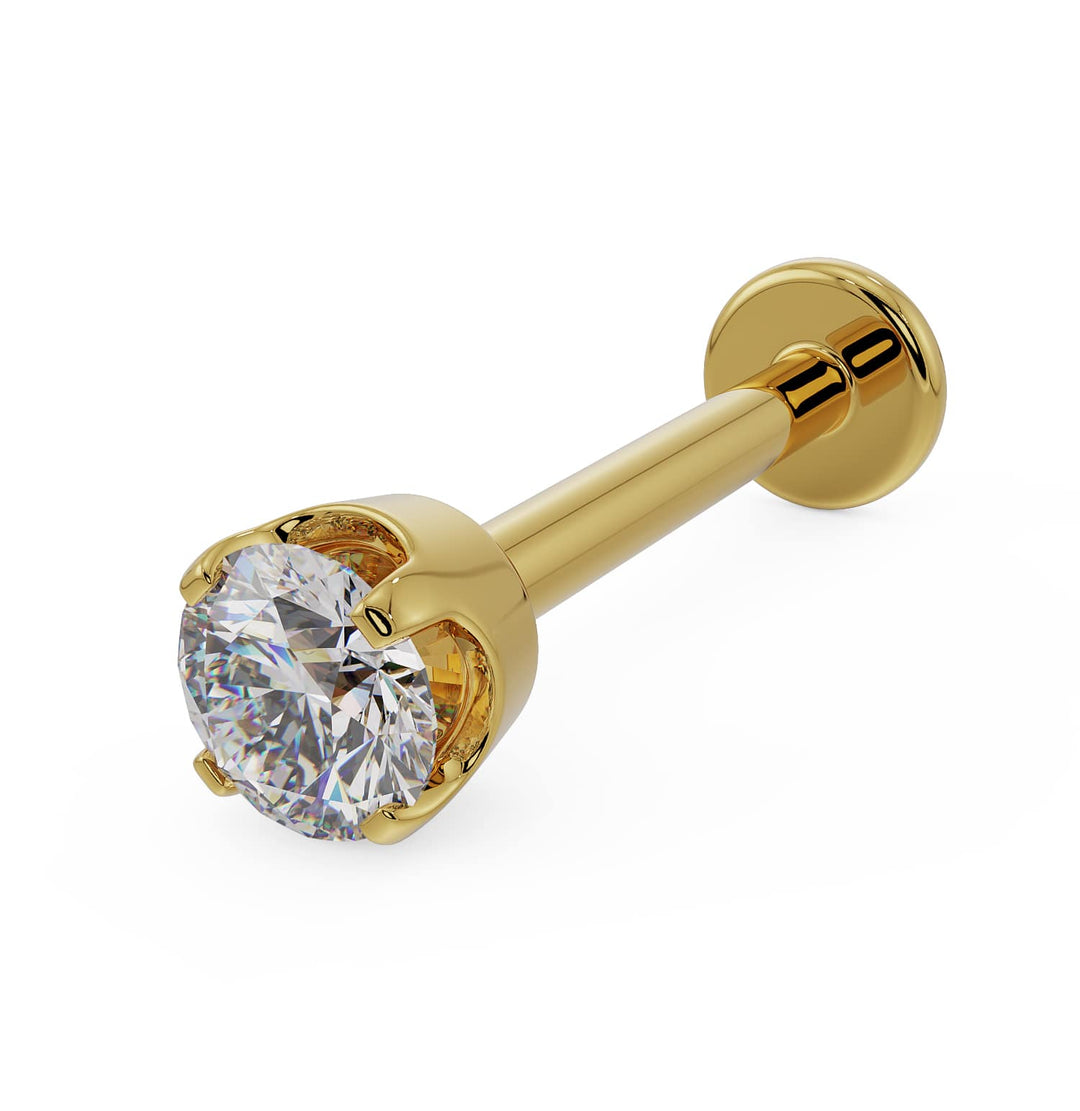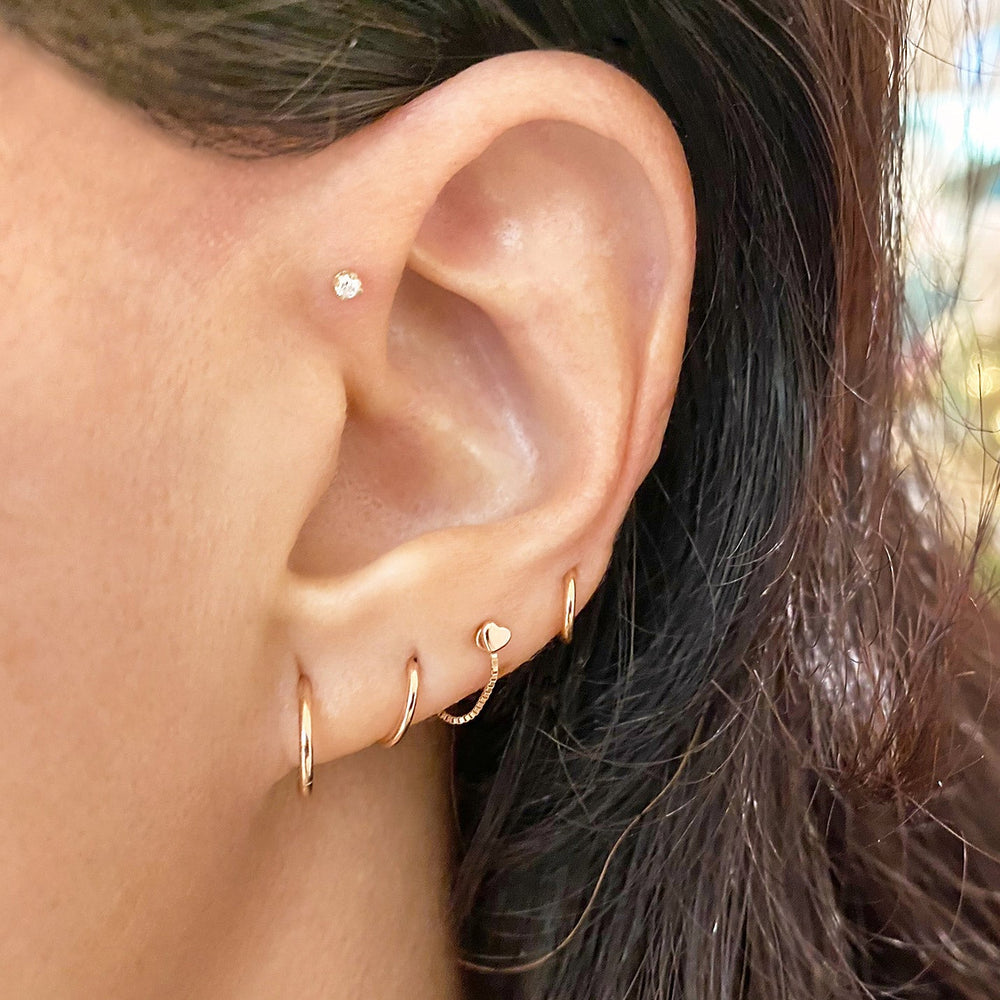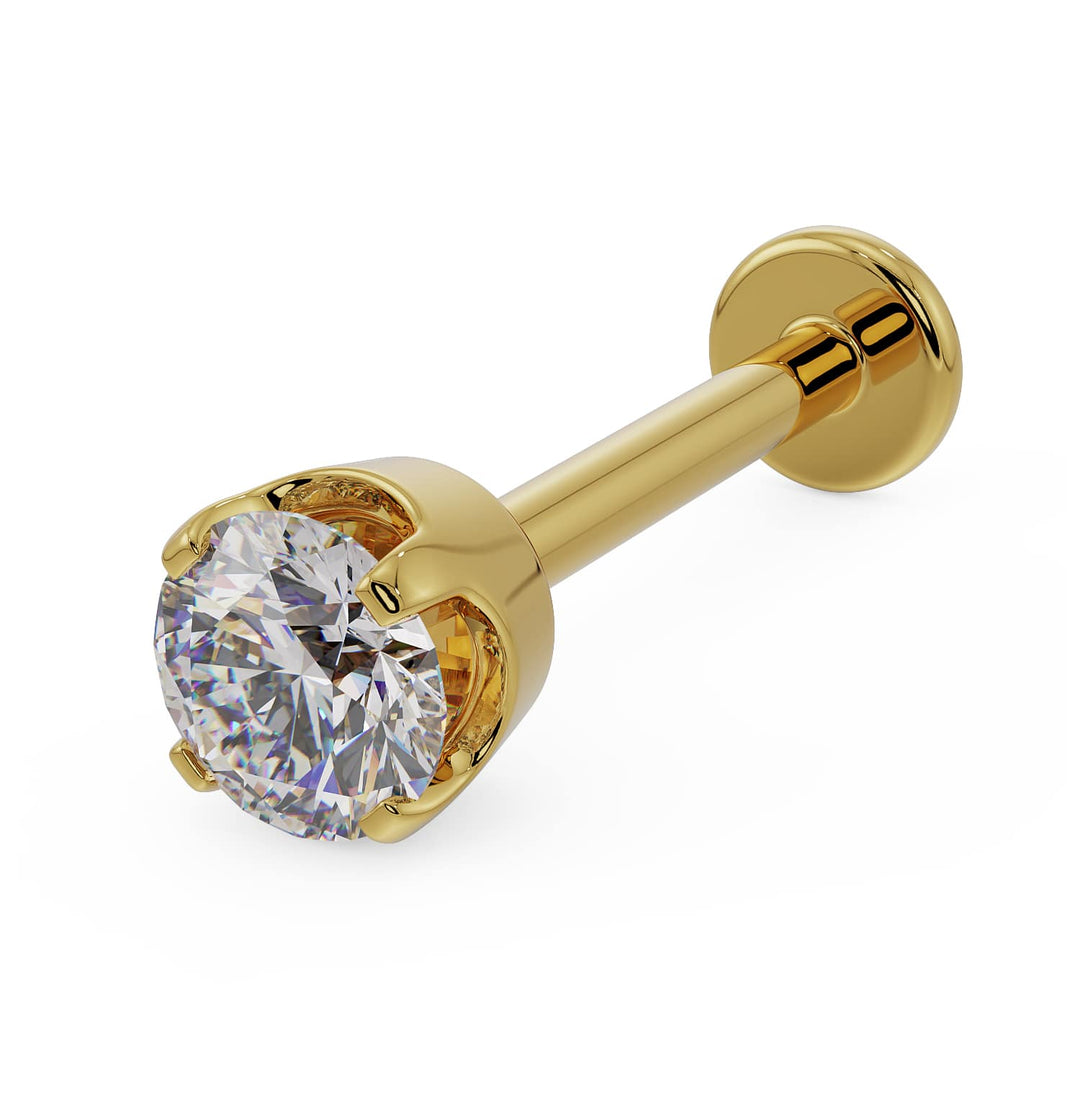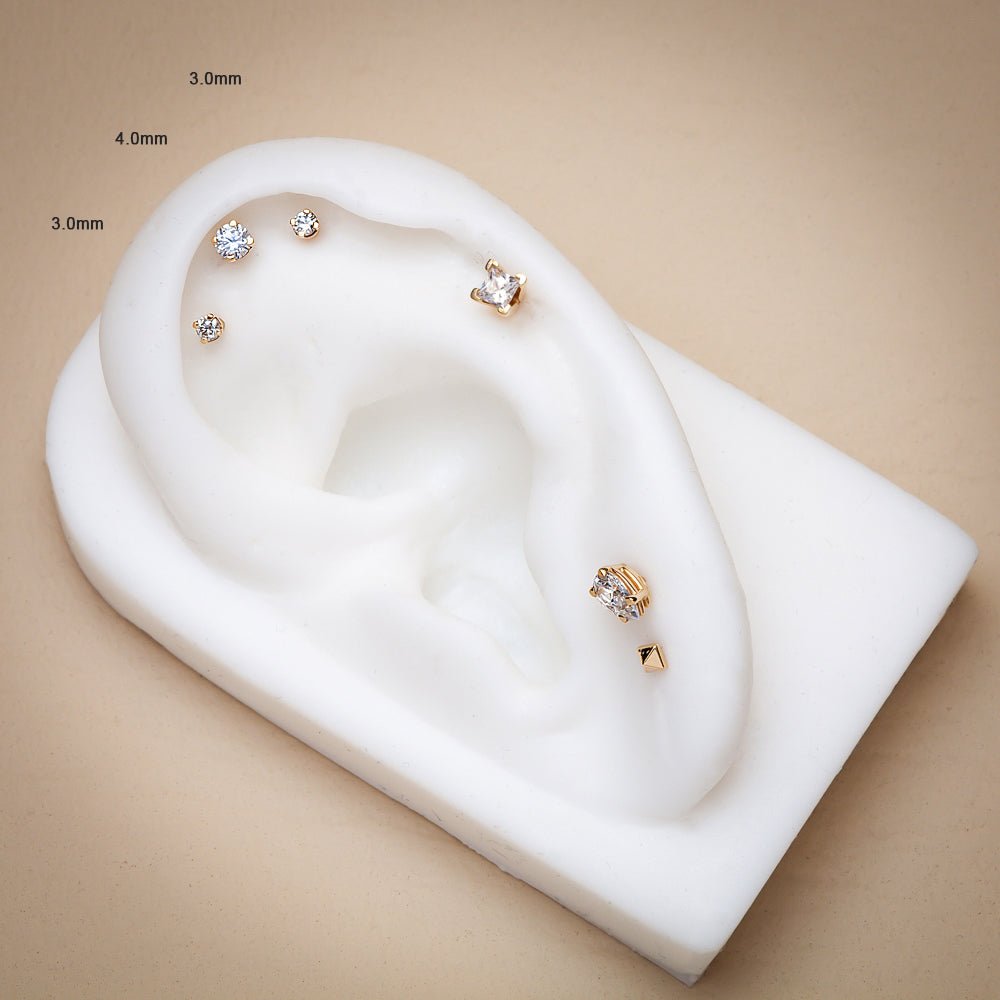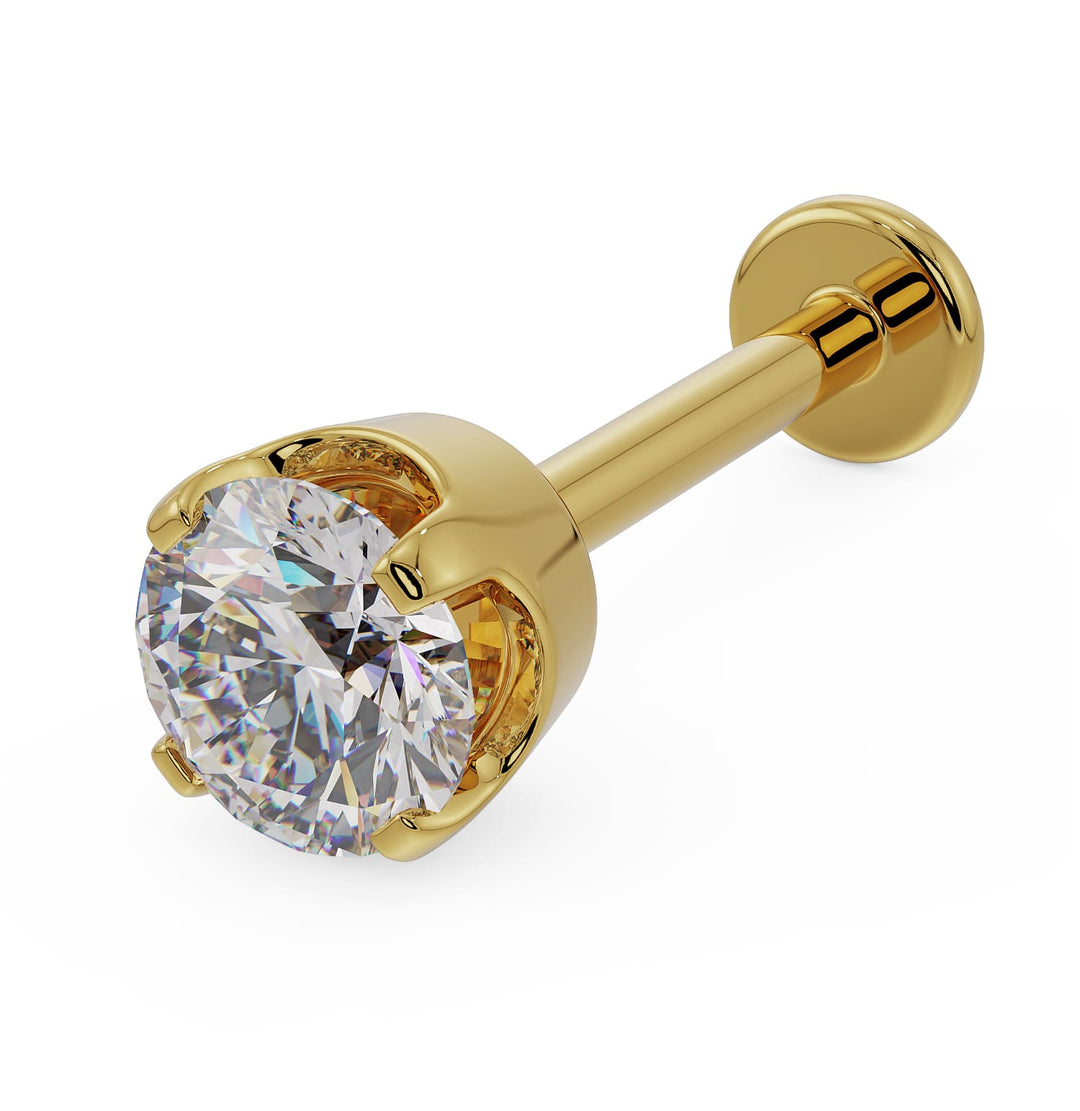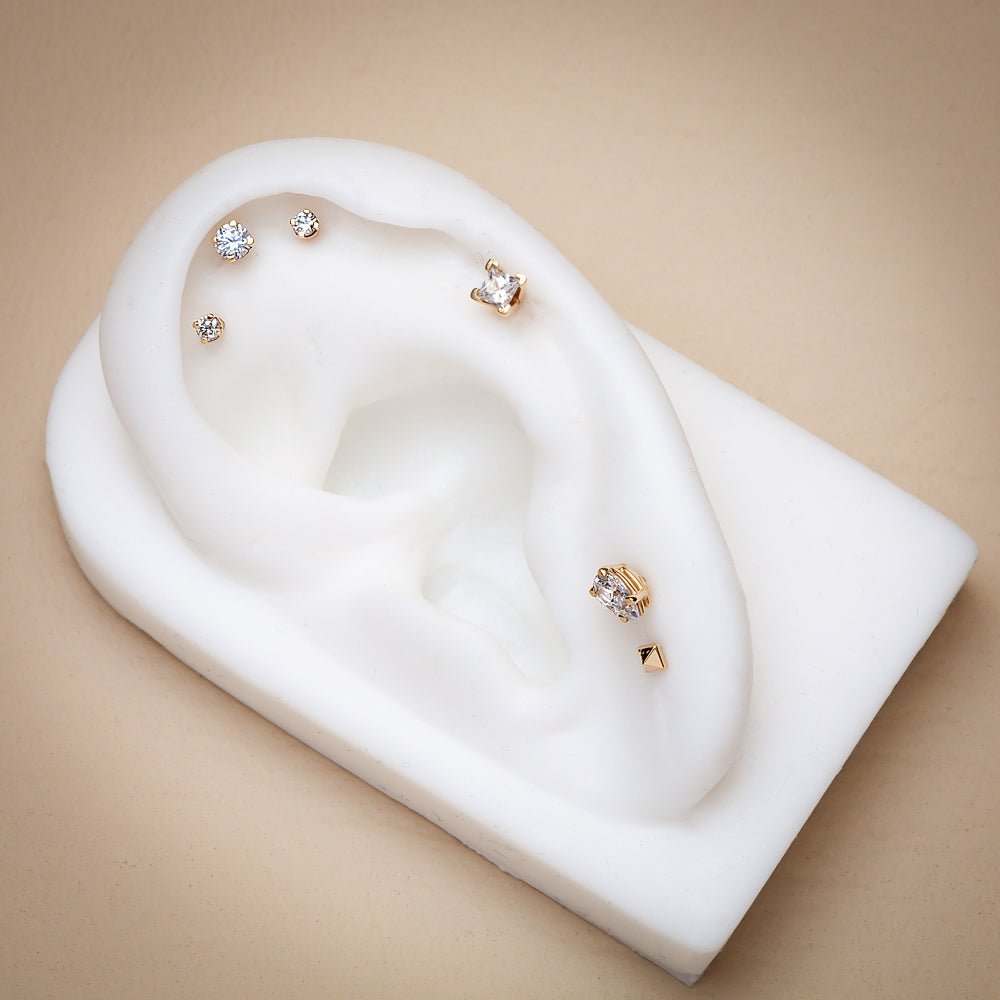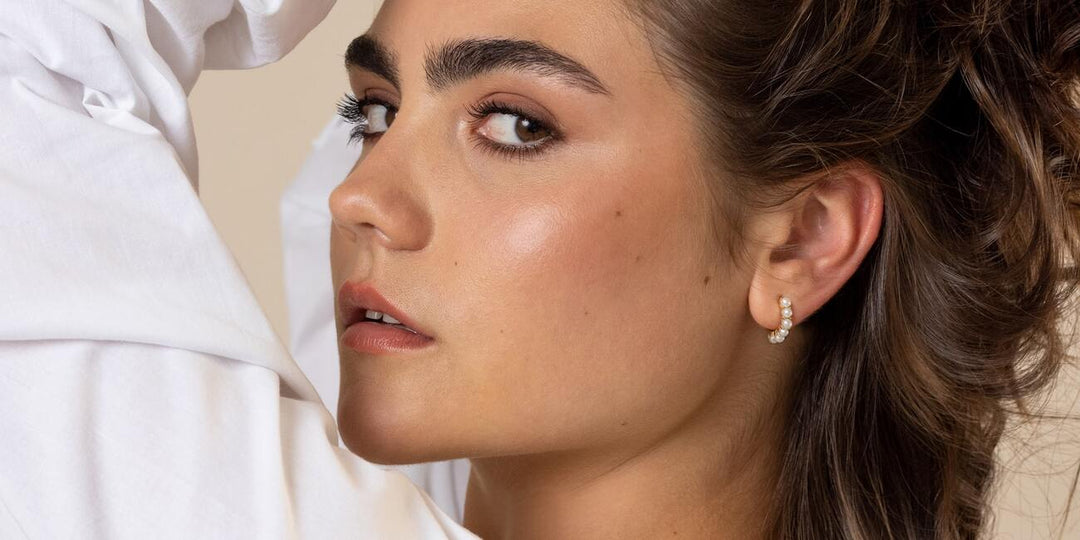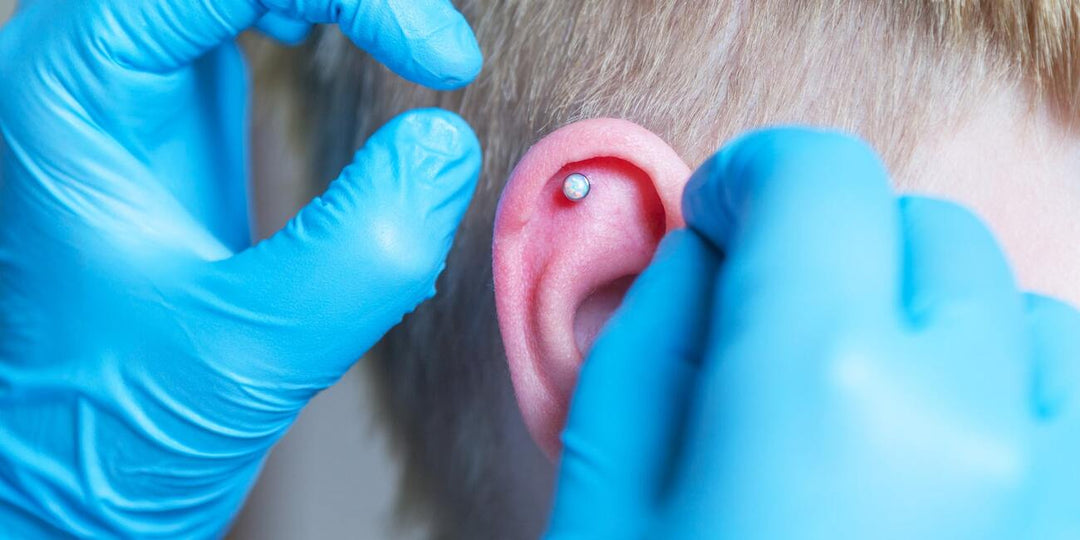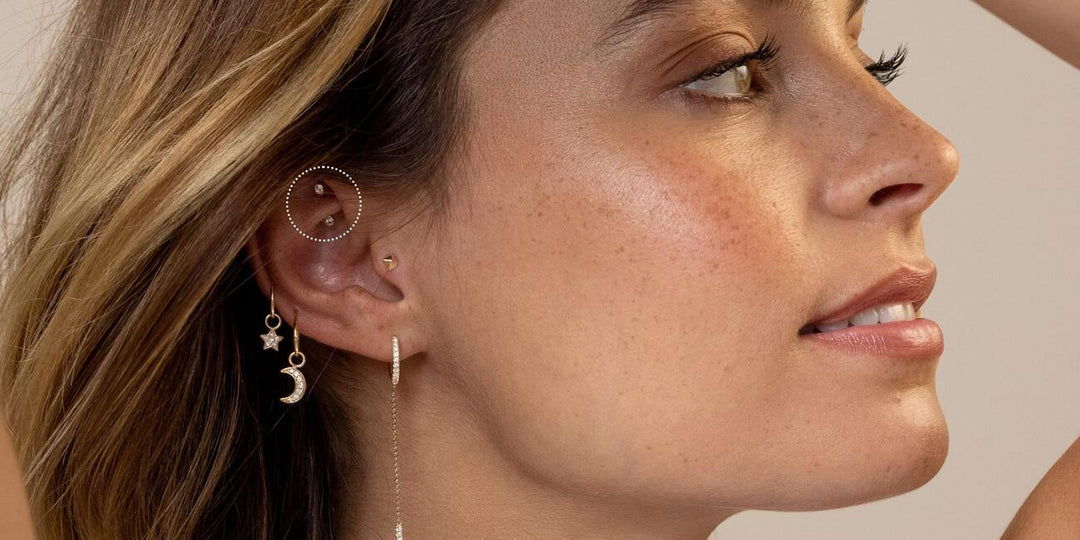The Shark Bite Piercing: Everything You Need To Know
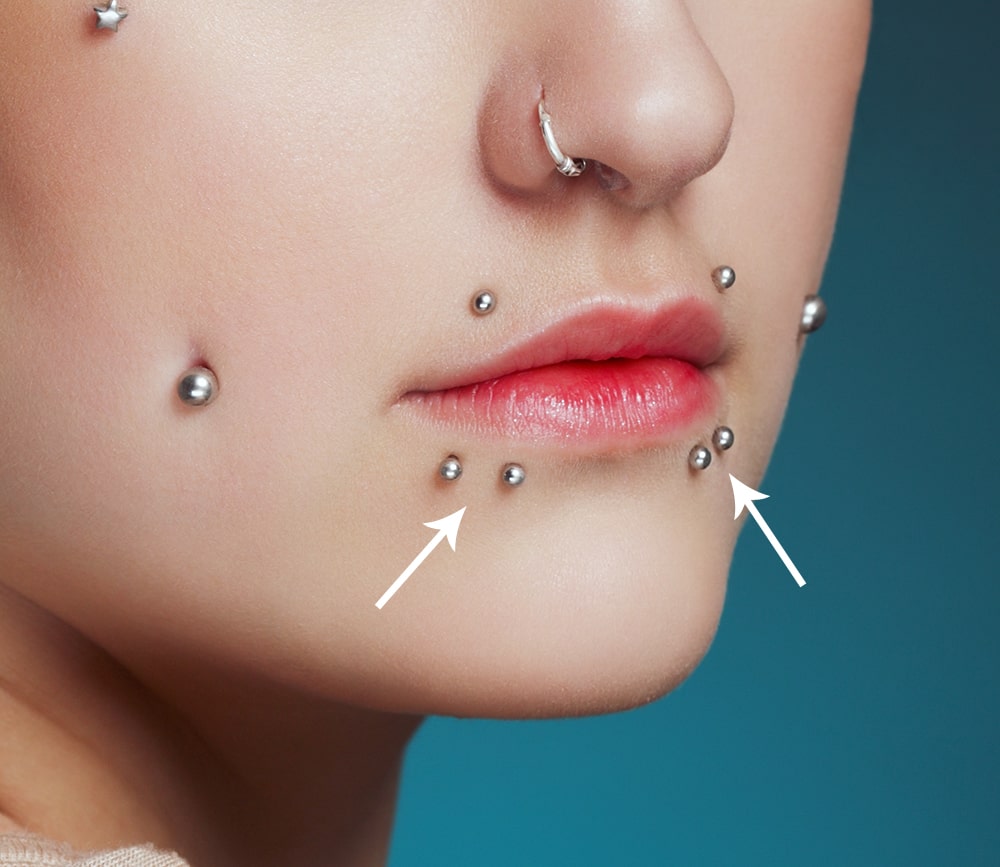

Lip piercings seem to be the current piercing fashion choice. The lips offer a plethora of places to be pierced, so it’s a great area where you can get creative and make your piercings your own.
With the popularity comes new alternative lip piercing styles that we love.
The shark bite piercing is actually four piercings in one. It consists of double piercings placed symmetrically on either side of your mouth beneath the lower lip (in the side labret area). This piercing is supposed to emulate the layered look of a shark’s teeth.
This piercing looks amazing on its own or coupled with other lip piercings or a septum piercing, but it can get complicated. The four piercings at once will affect your healing, and you have a few choices when it comes to placement, so you’ll want to be sure to work closely with your piercer to ensure that you’re getting the look that you want.
Here’s everything that you need to know about the shark bite piercing.
Related Products
View allHow Much Does The Shark Bite Piercing Hurt?
The individual piercings won’t hurt more than a labret piercing, which falls about midway on the pain scale. However, you will have to undergo four punctures, which pushes its pain level into the higher range.
An experienced piercer will be able to minimize your pain as much as he or she can, however if you’re concerned, then you should consider putting a couple of days in between piercings to give each individual piercing enough time to calm down before undergoing the needle once more.
If you do choose to get all four piercings at once, keep in mind that you could see substantial swelling. Any piercing will swell some, but since the shark bite piercing consists of four piercings in a fleshier area, it will probably be very uncomfortable for a few days post-piercing.
Shark Bite Piercing Healing Process
The shark bite piercing usually heals in 2 - 6 months. Healing for the individual piercings isn’t necessarily more difficult than healing a single lip piercing, but they will require more aftercare attention; each piercing should receive individual aftercare to ensure happy healing for all of the piercings.
Aftercare Rules
Since this piercing is located near your mouth, which harbors tons of bacteria, you need to make extra sure that you’re keeping your piercing clean. Additionally, new jewelry in the mouth area has a tendency to be chomped upon, and with the shark bite piercing, you have four new pieces of jewelry on either side of your mouth, making it a bit of a minefield to navigate while eating.
Here are some tips for healing your new shark bite piercing.
Conduct a sea salt soak 2 - 3 times daily. An infection is never good, but when you’re dealing with piercings on the face, it’s something you really want to avoid. Your body will be working extra hard to heal four piercings, so help it out by conducting sea salt soaks to fully flush out the piercing. You will have to perform one for each side, but if you get a cup that’s big enough to fit them, you can soak two piercings at a time.
Eat soft food for the first few days. In any piercing around the mouth, you have to get used to your new jewelry. However, most of the time you only have one piercing to worry about. With the shark bite piercing, you’ll have four jewelry pieces that will be larger to accommodate swelling. It’s likely that you’ll chew on your jewelry at least a couple of times before getting used to the new pieces. It’s a good idea to only eat soft foods for the first few days as you learn to navigate your new jewelry while you chew to avoid broken teeth.
Keep yourself healthy. Your body will be working extra hard to heal four piercings. To help it along, avoid alcohol or cigarettes during healing, get plenty of rest, and eat well. Act as if you’re recuperating from a cold, and your body will thank you.
Keep foreign substances away (including your partner). During healing, it’s important to keep your piercing free from anything that could encourage infection. This includes makeup, lipstick, facewash, or any product that can clog your piercing or that contains harmful chemicals. You should also refrain from kissing or oral sex during healing.
Shark Bite Jewelry Styles
Flat back labret studs with a simple bead are highly popular in this style of piercing. They allow the piercing style to stand out on its own without becoming overshadowed by large jewelry. If you’d like some flair, you can choose labret studs with charms or gemstones.
You can also choose a circular barbell. This option almost make the piercing look like four piercings on either side with the extra beads at the barbell ends. If you’re looking for something bold, then this is the style for you.
For something in between, you can choose hoops. Captive bead rings and seamless hoops are the most popular hoop styles for the shark bite piercing. A hoop sitting flush to your lip offers an aesthetic that you can’t find anywhere else.
Why Shouldn’t I Get A Shark Bite Piercing?
The location of the shark bite piercing means that your jewelry will most likely rub against your teeth and gums. This contributes to issues like enamel wear and receding gum lines. If you already have these issues, then a lip piercing might not be for you.
Because it consists of four piercings, the aftercare regimen will be more intense than other piercing types. This might not be the best piercing for beginners. If you’re concerned, you can always get one piercing at a time and let them heal in between.
How Much Will It Cost?
The shark bite piercing is a little more expensive than other piercing types, since it consists of four punctures, but you won’t have to pay for each piercing individually. It will cost anywhere between $80 and $150. Often, this price won’t include the jewelry.
Since you will undergo many piercings at once, make sure that your piercer is experienced. You might be able to endure the pain of poor piercing practices for one piercing, but you don’t want to have to undergo four excruciating piercings beneath an inexperienced hand. Do yourself a favor and pay more for experience.


